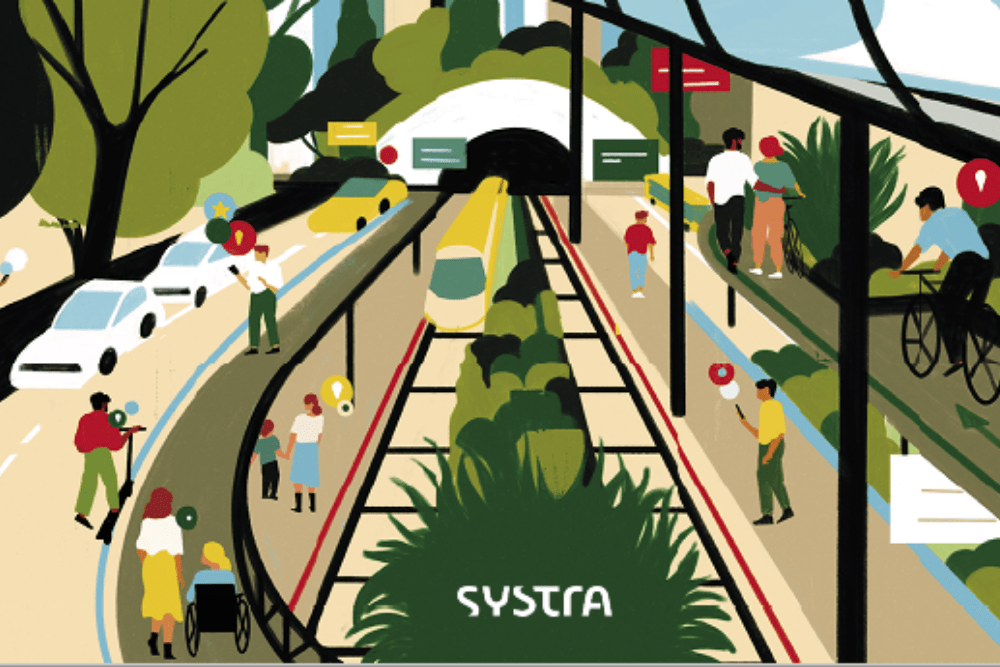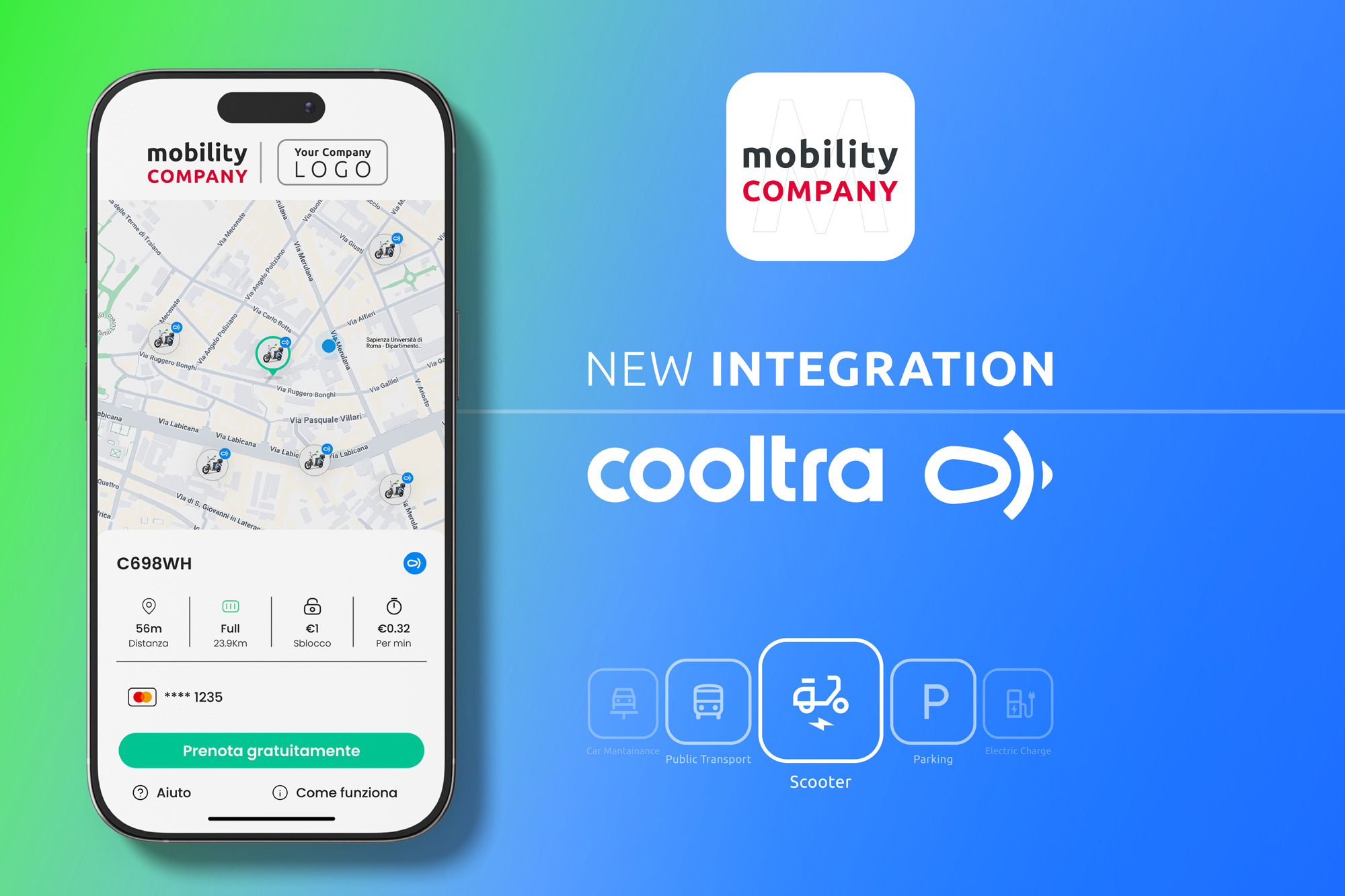
The concept of MaaS, meaning Mobility as a Service, does not easily fit a strict definition. It reflects the trend towards offering everything “as a service” and the gradual shift from possession of objects to use. According to this somewhat magical thinking, everything is accessible, connected and digitised via the virtual world. An appealing idea, but one that, in the transport sector, is quickly dampened by the realities of infrastructure and regions.
The mobility “as a service” concept first appeared as a theoretical principle in Finland in the mid-2010s, before its potential for improving movements within cities and rural areas – by providing more connected, fluid and sustainable ways of travelling – was realised. For SYSTRA, MaaS offers, above all, an opportunity to address the new challenges for the mobility sector.
As with many industries, the Covid-19 pandemic has shown that our travel habits are by no means set in stone. The sudden increase in remote working has profoundly challenged views on our transport needs. It has rendered “pay-as-you-go” mobility essential, alongside the positive moves towards account-based ticketing. In this unprecedented situation, MaaS must support these transformations and redesign transport services at the same pace as the crises that are disrupting our world. To some extent, it is the perfect model of resilience.
For all the reasons mentioned above, it seemed appropriate to devote a booklet to MaaS. To take the necessary time to reflect on more than the technological aspects, to which MaaS is too often limited, and to evaluate its potential, its limits and economic and social implications. To consider the issue from a worldwide perspective, with its local specificities and its global challenges. In short, to approach MaaS from all angles.
Developing a MaaS approach means, first of all, addressing mobility-related issues: congestion in cities, environmental challenges, accessibility, technical solutions via our smartphones, new travel options, the use of public space and data, as well as a review of financing for transport systems.
Developing MaaS also means making sense of the web of interconnections linking different modes of transport and untangling the “ball of yarn” represented by urban, economic, and anthropological issues. Finally, talking about MaaS helps to forge links between all the stakeholders in the mobility sector to move forward together in the same direction.
Take a closer look at the Systra Booklet to find out more about the work of forging these links.



